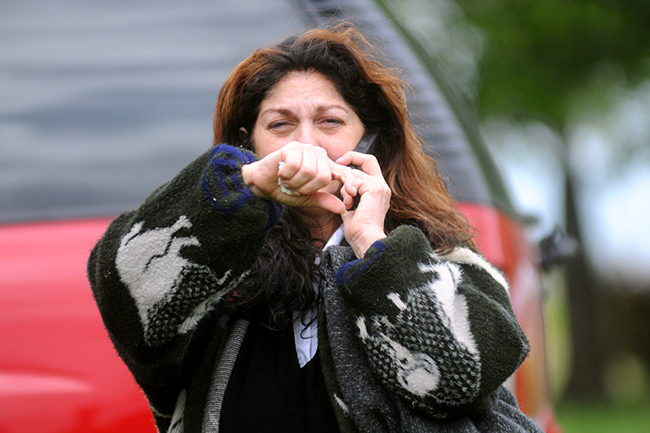It’s been just over six months since an explosion at a fertilizer plant in West wiped out much of the town. While massive rebuilding efforts have been undertaken, the town has a long way to go before it’s back to normal.
Rebuilding is an important step, for both the economic and emotional well-being of West, but what can be done to prevent such a disaster from happening again? A team of federal investigators has been dispatched to West the study the causes of the April disaster and issue a list of recommendations by Friday, but its work was delayed for several weeks when the federal government shutdown forced the U.S. Chemical Safety Board to furlough 37 of its 41 employees.
Luckily, they’re not the only ones looking for solutions. We’re glad to see others coming forward with ideas for how to keep communities like West safe. Some are obvious, while others aren’t, but they’re all worthy of serious consideration.
One of the less obvious suggestions comes from David South, president of Monolithic, a company in the town of Italy, between Waco and Dallas. As NPR’s StateImpact reported Monday, South believes fertilizer plants should look at the shape of their storage containers. According to South, domes are the answer because of the way they behave in explosions.
“If it does get exploded, it’ll blow the top off and vent the pressure up instead of out to the side,” South told StateImpact.
The idea that domes are especially stable structures has been given some legitimacy by the federal government. Recently, the Federal Emergency Management Agency began awarding grants for the construction of hurricane-shelter domes.
South’s idea sounds compelling, but it’s not the sort of thing that the average Joe could have come up with. Geometry aside, we were shocked to learn that highly flammable fertilizers are still often stored in wooden structures. According to a preliminary report on West by the CSB, “Wooden buildings are still the norm for the distribution of [ammonium nitrate] fertilizer across the U.S.” It shouldn’t take a team of specially-trained federal investigators to tell you that it’s best to keep such volatile materials well away from anything that can burn. It’s painfully obvious, but many, including Sam Mannan, director of Texas A&M’s Mary Kay O’Connor Process Safety Center, have rightly pointed out that it might not be a bad idea to store flammable chemicals in concrete buildings instead.
We’re glad those outside the government are searching for answers to prevent another West from happening. This country needs solutions now, not later, so we should welcome ideas from all concerned parties. The deadliest industrial accident in U.S. history, in which nearly 600 people were killed in an explosion similar to the one in West, took place in Texas City more than 60 years ago. Shouldn’t we have learned our lesson from that and the many other tragedies like it since then? Why do we keep making the same mistakes over and over again?
It can’t be a problem of ignorance. We just simply can’t believe that the owners of the West plant had no idea how dangerous their storage methods were. Instead, it seems that they and others like them were more interested in saving money than protecting lives. It’s a common thread throughout U.S. history, but it’s one that needs to be cut now.
To do that, keep the ideas coming. Whether feasible or not, they’re our only hope if we wish to close this chapter in American history.
















